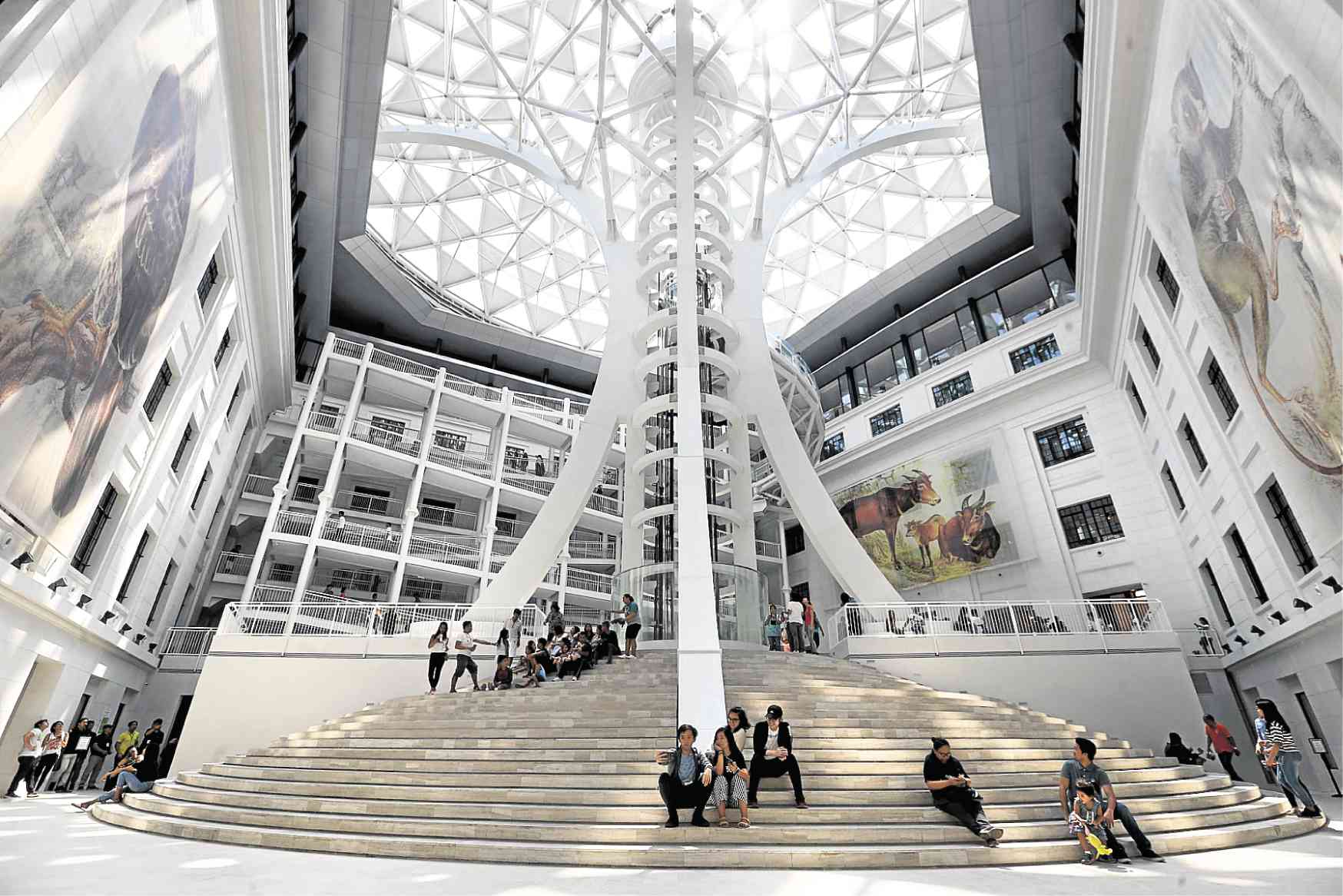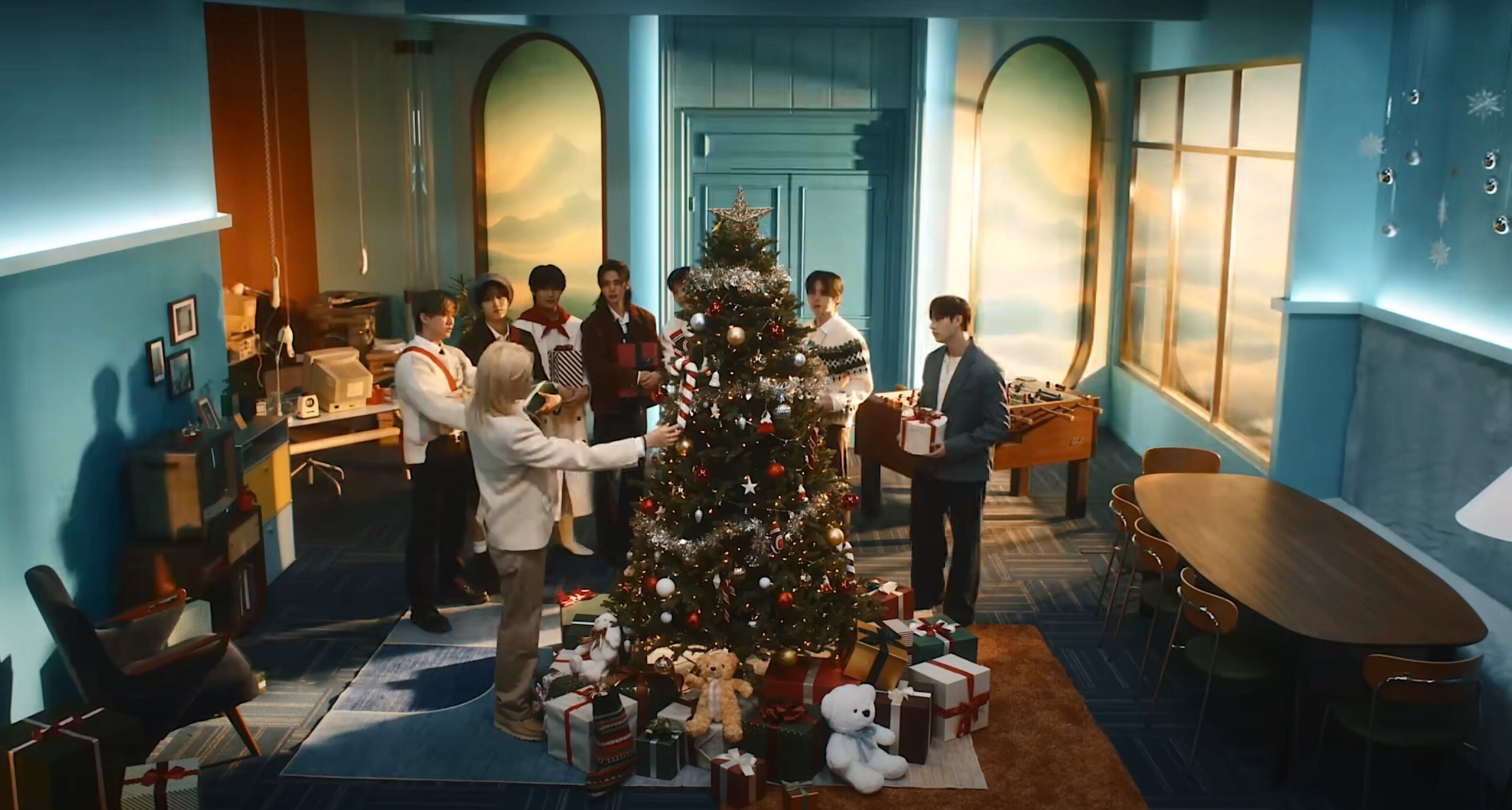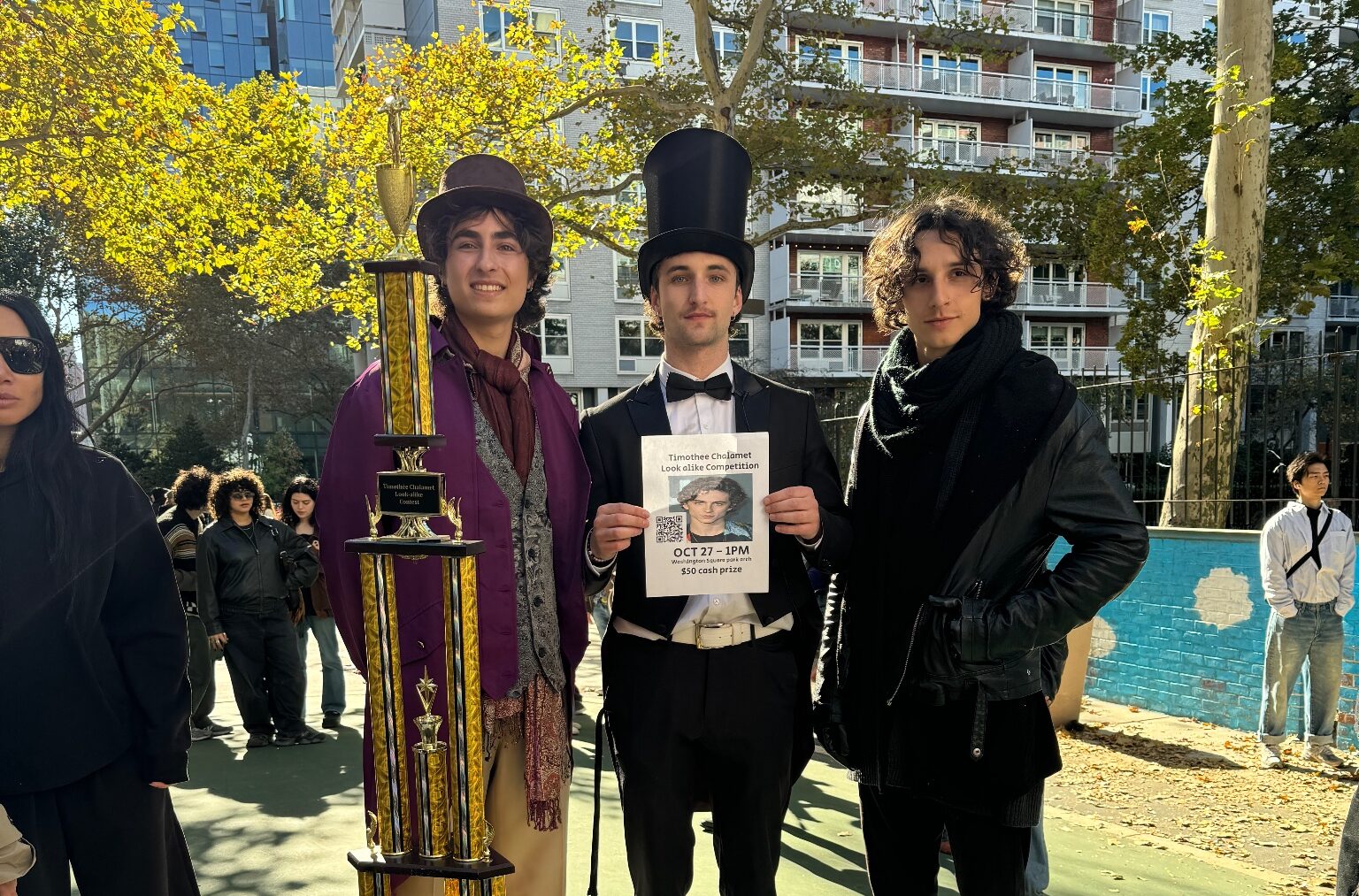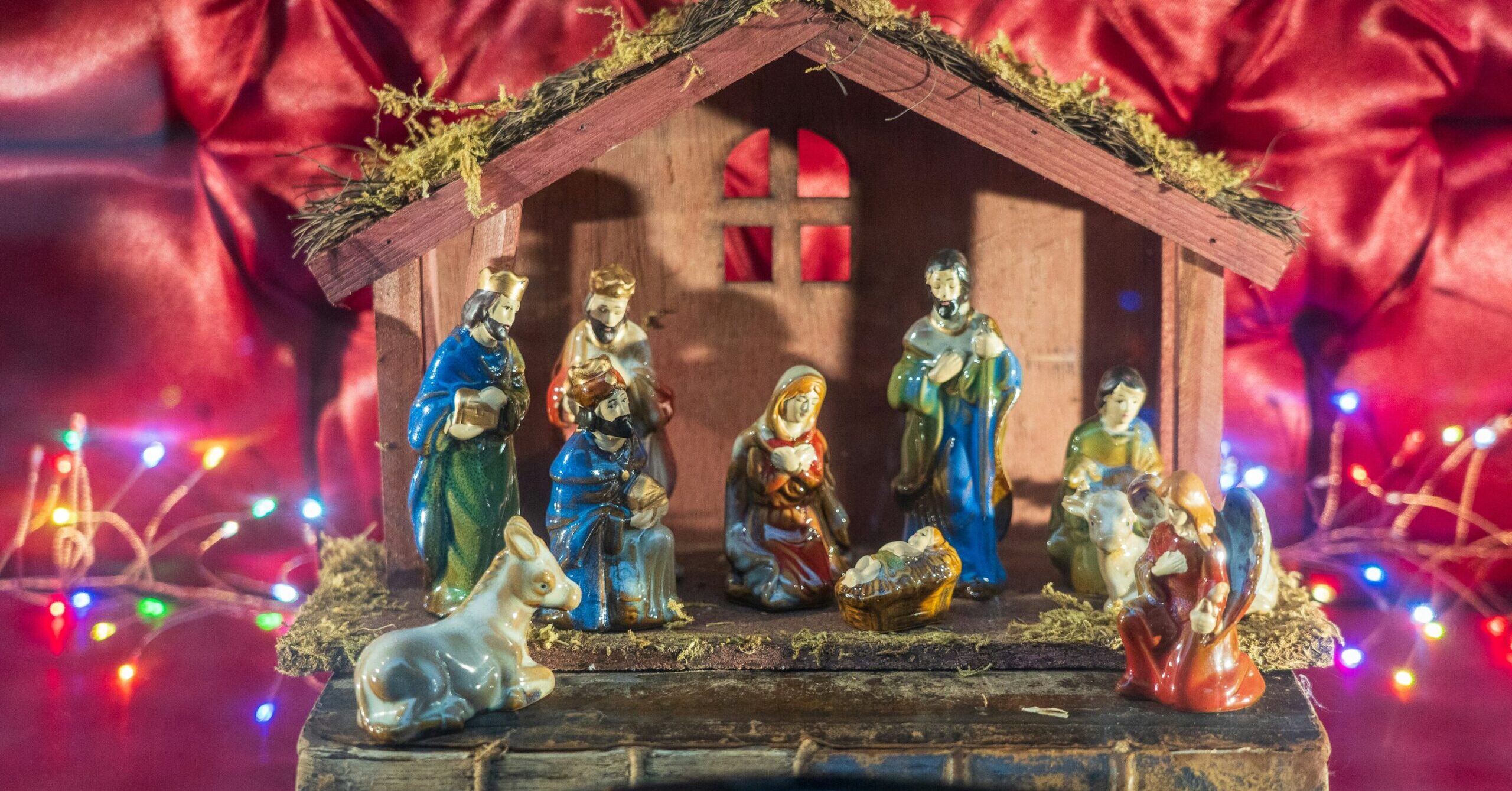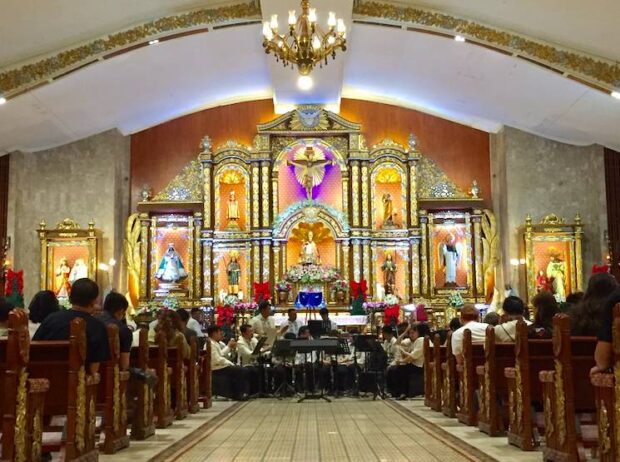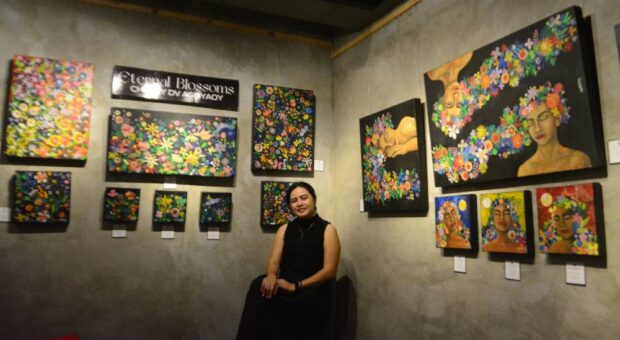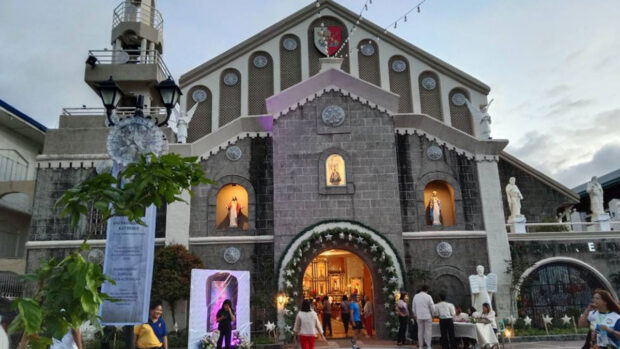
Even as only four of its 12 galleries were open to visitors on the opening weekend of the National Museum of Natural History in Manila, it didn’t deter the thousands of visitors who came, curious to check out the impressive structure and the artifacts displayed within.
Images of its architectural centerpiece, the impressive DNA double helix-inspired concrete-and-metal “Tree of Life,” have been circulating on social media for months, and undoubtedly piqued the interest of those who patiently lined up in the searing heat outside the former Department of Tourism (DoT) building, adjacent to Agrifina Circle in Rizal Park.
So it wasn’t lost on us how lucky we were to visit on a Monday, when the museum was closed, just three days after the opening on May 18, International Museum Day.
National Museum director Jeremy Barns was present to give us a rundown of the opening. Construction was underway when assistant director Ana Labrador took us on a quick tour.
Naturalist
Barns said they hope to unveil all exhibits by June 19, the birth anniversary of National Hero Dr. Jose Rizal, to whom the building is being dedicated, because “Rizal was a naturalist.”
If you’re planning a visit before then, this is what you can expect:
Visitors enter via the lower courtyard onto the foyer, where the soaring sculptural Tree of Life is. The sun casts graphic shadows through its canopy on the building’s inner walls and the floor below, and it’s tempting to just sit there and gape in awe (which you could, on the staircase beneath it or the benches that circle its feet).
“We can see that people have been hungry for this. They want more of this thing,” Barns told Lifestyle. “There’s nothing wrong with going to the malls, which also offer arts and culture in their own little way. But for those who want more, for education and learning, this is the one place.”
The Natural History Museum, which houses the National Museum’s botanical, zoological and geological collections and other priceless artifacts, rounds up the trio of buildings that makes up the National Museum complex in Ermita. (The National Museum of Anthropology and National Museum of Fine Arts, where the “Spoliarium” is, are also in the complex.)
Neoclassical
Until 2013, the Neoclassical building housed the DoT. The original building was leveled during World War II and rebuilt by the Americans in 1946, based on architect Antonio Toledo’s original blueprint.
Through the National Museum Act of 1998, the building was renovated and retrofitted on a $2.3-billion budget from government funds and private donations. The building was gutted from the inside to transform the former offices into exhibition spaces and galleries.
Today, one can marvel at the sumptuous remains of a bygone era through the building’s majestic Roman pillars and ironwork and elegant marble floors—nostalgic counterpoints to architect Dominic Galicia’s futuristic Tree of Life.
The building houses six floors, with 12 galleries overall. At the center of the Tree of Life is a scenic elevator that takes visitors to the fifth level where the tour starts (for now, it starts on the third floor). Visitors make their way down through wide ramps connecting each level (the building is PWD- and elderly-friendly).
On the third level are the galleries housing lifelike replicas of marine life—whale sharks, dolphins, rays—made of fiberglass; an interactive submarine; and a mangrove “forest.”

There’s an audiovisual theater with a film on Unesco World Heritage Sites playing on loop, and a high-tech globe—a spherical projection system that shows environmental shifts, instead of the typical flat-screen TVs.
Wondrous
It’s a wondrous showcase of the country’s unique and rich biodiversity.
“You have to know about it before we can expect you to care about it and steward it properly,” Barns said.
All the galleries are interactive, with top-level equipment paid for by the private sector. Touchscreen panels have also been installed.
Barns said some of the things they’ve achieved in the building would have seemed “excessive” without private donations, since it’s the “first kind of public structure that makes it really special to the experience, one that’s bringing something more than the minimum.”
The skeletal remains of Lolong, the largest crocodile ever captured, are a crowd drawer on the floor below, suspended from its ceiling.
Lolong shares attention with the Rhinoceros philippinensis fossils and stone tools recently unearthed in Kalinga, proving human existence in the Philippines as early as 709,000 years ago.
The building’s walls are lined with framed paintings and sketches of Philippine orchids and other fauna, as well as other exhibit literature, like excerpts from Fr. Manuel Blanco’s “Flora de Filipinas.”
There are also stuffed fauna throughout, including a monkey-eating eagle at the lower courtyard named Gemma, after Gemma Cruz Araneta, the first female director of the National Museum.
Unlike other museum exhibits, here it’s not hands-off throughout—there are artifacts that invite touch, like the petrified wood fossils.
Temporarily, a stuffed replica of Lolong (which will make its permanent home at Ninoy Aquino Parks and Wildflife) sits at the foot of the Tree of Life. The real Lolong will be housed at Gallery I on the fifth floor.
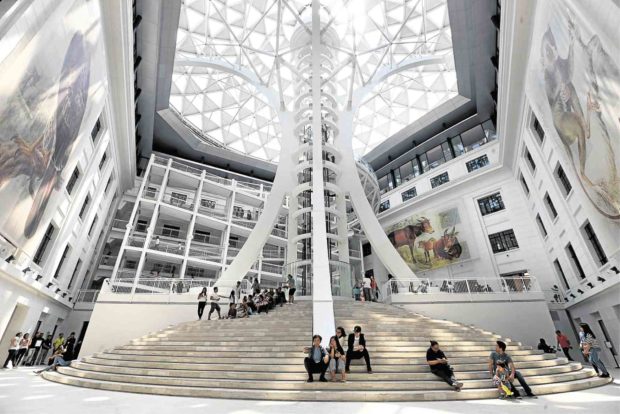
Unresolved issues
On the perception that Filipinos don’t like museums, Barns said, “Maybe it was true before, and not because a museum is a museum. Maybe because our museums were gloomy and uncomfortable, and this idea that museums are not for everyone, but only for the elite, the foreign tourists and the super educated. We’ve been trying to promote our museums as bright and cheerful, comfortable and accessible, and they’ve been coming.”
He believes it helps that entrance to the National Museums is now free. Proof was the opening weekend, where people “from all walks of life,” including street children, lined up.
“We treat everyone equally. It’s for all Filipinos. There should be universal access to our common heritage.”
Daily guided tours are also free. (Museum hours: Tuesdays to Sundays, 10 a.m.-5 p.m.)
Before, when people had to pay to enter, “they make the most of it and try to see everything because they won’t come back,” Barns said. “But since it’s free, the visits are shorter and there are a lot more return visits. It has become a pasyalan, not a one-time thing, unless they’re from out of town. So we’re building an audience.
“People visit Rizal monument, Fort Santiago, San Agustin, but never come here, and vice versa. I believe we must all position ourselves as one destination, as the cultural heart of Manila, even the cultural heart of the whole country.”
A café in the Natural History museum building will be installed, and possibly a gift shop.
“If we can communicate to the higher-ups, the policymakers, that this is genuine public demand, then hopefully more investment will come in,” Barns said.

